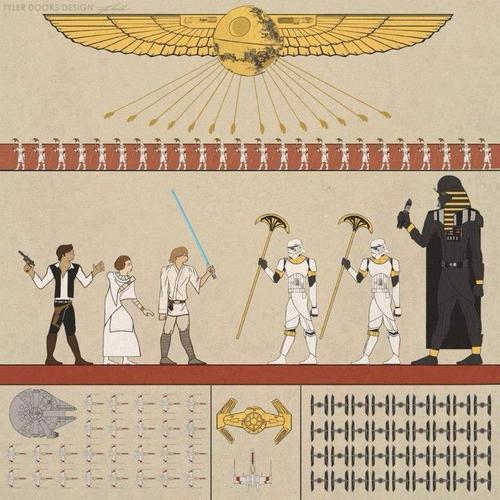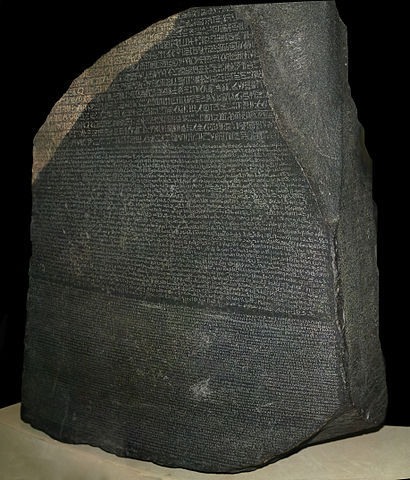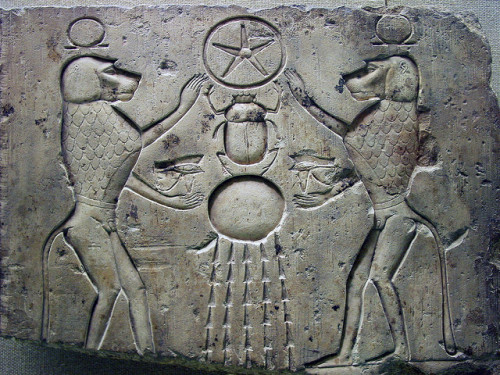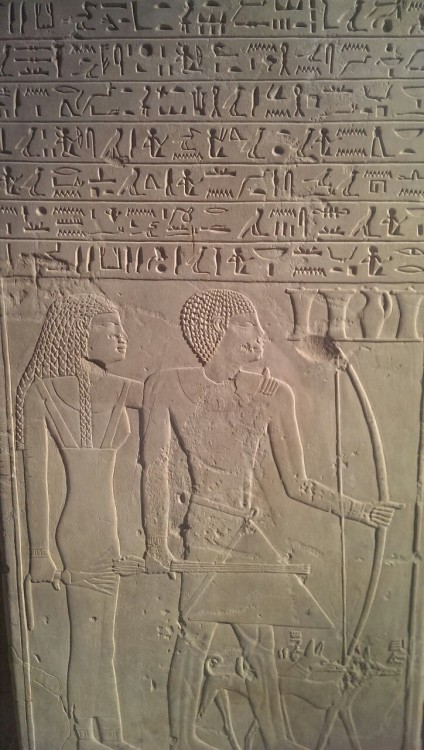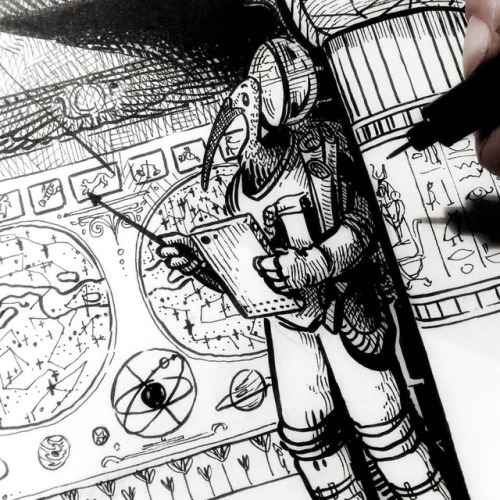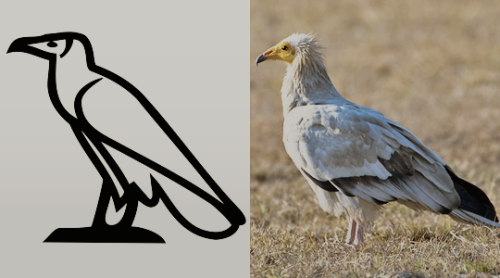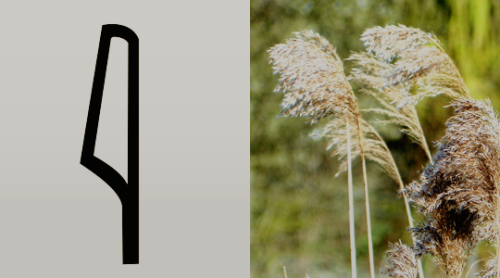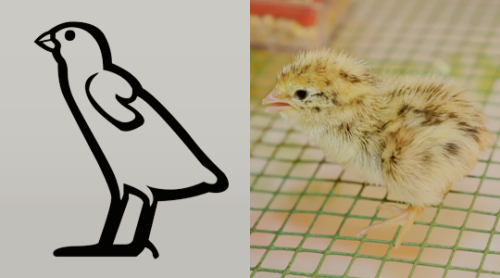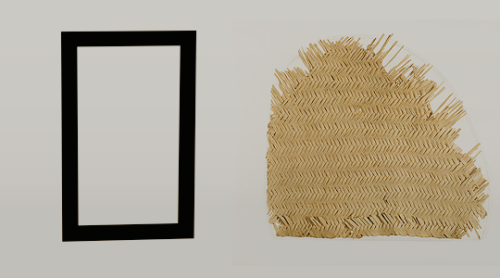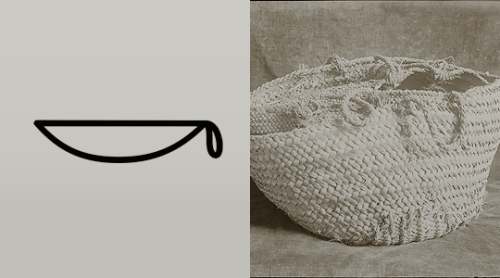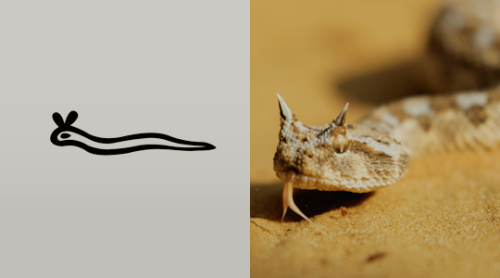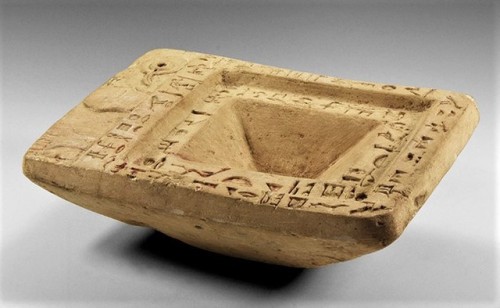#hieroglyphs
The old master scribe settled onto his reed mat and looked at the boy sitting in front of him. ‘Why have you come here?’ he asked. 'I have come to learn how to be a scribe like my father was,’ the boy said.
The old man smiled, 'If you want to be a scribe, you must first learn about the scripts used to record the language of the Egyptian people. Then, you will learn to read and write these scripts.’ He paused, then closed his eyes. A minute passed. Then he began to speak in a low voice. 'I will start at the beginning.’
'A long, long time ago, Thoth, the great god of writing and knowledge brought the gift of Medu Netjer ('God’s words’) to the land. For hundreds of years this sacred script has been used to record the words and deeds of the pharaohs and the gods and goddesses.’
'If the script was sacred, what did scribes use for writing letters?’ the boy asked.
The old master scribe continued .'Some years later, another script was developed so that everyday information could be written down quickly and easily. It was used by scribes working in the temples and palaces who need to keep records and write letters.’ He paused.
'The signs for the new script were based on those of the sacred script. However, they were drawn with fewer lines and decoration. That made it easier and faster to write the signs.’
The old master scribe picked up a reed pen and carefully drew the hieroglyphic sign ![]() on a piece of limestone. Next to it, with a quick sweep of his hand, he drew the same sign in hieratic
on a piece of limestone. Next to it, with a quick sweep of his hand, he drew the same sign in hieratic ![]() .
.
He showed it to the boy. 'Do you see the difference?’ he asked. The boy studied the signs and nodded his head.
'Today, in the reign of Wehemibra (Nekau II), we do not use the hieratic script that much anymore. Our common script is sekh shat, ('writing for documents’). The signs are based on hieratic signs, but they are even simpler. This makes them faster and easier to write.’
The old master scribe paused and wiped his brow. 'As a scribe you are given the power and knowledge of writing. First, you must learn the common script of the land so you can perform everyday tasks. After that, if you are lucky and talented, you will also learn the sacred script. Those who learn the sacred script will learn the secrets of the gods and the mysteries of the land.’
(source: ancientegypt.co.uk)
Is it really #WorldEmojiDay again already? I can hardly it! Were ancient Egyptian hieroglyphs similar to modern emojis? In some ways, yes. There are over 700 different hieroglyphs. Some of them, like emojis, stand for the objects they represent (ideograms). Others stand for sounds or syllables (phonograms). Were there rules of grammar? Absolutely! For example, word order in Egyptian is verb-subject-object. And some things never change—there were “spelling police” back then, too! Check out this student’s writing board in The Met collection (https://bit.ly/3xIV0o6).
Post link
In another day or two we’ll be ready to publish an article in Glencairn Museum News about Egyptian creation myths. This hieroglyphic inscription is on the back pillar of a figurine in the Glencairn collection of Ptah, a creator god. The inscription includes three hieroglyphs which, when combined, form the word “hemut,” which can be translated as “craftsmanship.” The ancient Egyptians didn’t have a word for “art,” but they recognized the output of craftsmen as a form of creation!
Post link
The Rosetta Stone
What is the Rosetta Stone?
The Rosetta Stone is a stone with writing on it in two languages (Egyptian and Greek), using three scripts (hieroglyphic, demotic and Greek)
Why is it in three different scripts?
The Rosetta Stone is written in three scripts because when it was written, there were three scripts being used in Egypt.
The first was hieroglyphic which was the script used for important or religious documents.
The second was demotic which was the common script of Egypt at that time.
The third was Greek which was the language of the rulers of Egypt at that time.
The Rosetta Stone was written in all three scripts so that the priests, government officials and rulers of Egypt could read what it said.
When was the Rosetta Stone made?
The Rosetta Stone was carved in 196 B.C..
Why is it called the Rosetta Stone?
It is called the Rosetta Stone because it was discovered in a town called Rosetta (Rashid).
Who deciphered hieroglyphs?
Many people worked on deciphering hieroglyphs over several hundred years. However, the structure of the script was very difficult to work out.
After many years of studying the Rosetta Stone and other examples of ancient Egyptian writing, Jean-François Champollion deciphered hieroglyphs in 1822. Read More
Source: ancientegypt
Post link
The Rays of the Sunbytutincommon on Flickr.
Tramite Flickr:
The Khepr (dung beetle=becoming) pushes the sun disc into morning.
Post link
In this video I talked about ancient Egyptian poetry from mainly the New Kingdom and Ptolemaic era.
Xero was an archangel, a figure of galvanic energy and uncertainty. As he moved across the abandoned landscape near the flyover, the very perspectives of the air seemed to invert behind him. At times, when Xero approached the forlorn group sitting on the embankment, his shadows formed bizarre patterns on the concrete, transcripts of cryptic formulae and insoluble dreams. These ideograms, like the hieroglyphs of a race of blind seers, remained on the grey concrete after Xero had gone, the detritus of this terrifying psychic totem.
JG Ballard from Atrocity Exhibition.
Post link
Inktober, day 8/31: #Star
True meaning of that illustration is a secret So far :) Today’s art turned out to be larger than usual and much more complex, especially in terms of shading and cross hatching. It is so complex that I didn’t manage to finish it today I’ll complete it someday though. Illustration is really interesting for me :9
Material: Pentel brush pen, Edding liners of different weights, Canson paper for manga and comics (oh i loved this paper!)
.
.
.
.
.
.
.
.
.
.
#illustration #illustrator #inktober2018 #inktober2018day8 #inktober #ink #inkart #inkdrawing #traditionalartist #traditionalart #art #artist #idraw #draw #drawing #instaart #instaartist #ancientegypt #egypt #skymap #costellazioni #Toth#hieroglyphs #alternativehistory #animal #birddrawing #astronaut #cosmonaut #cansonpaper
https://www.instagram.com/p/BosVDYWl7xA/?utm_source=ig_tumblr_share&igshid=vdc1grt9wjm6
Post link
Hieroglyphs vs real life examples:
- Egyptian vulture (ꜣ= “ah”)
- flowering reed (i= “ee”)
- quail chick (w= “oo”)
- reed mat (p)
- reed basket (k)
- horned viper (f)
Amen
Post link
Egyptian Offering Table with Hieroglyphic Inscription, Late New Kingdom, 1294-1077 BC
A rectangular limestone offering table with deeply recessed square section to the center for offerings, flat rim to the sides engraved with hieroglyphs; raised border to the edge engraved with hieroglyphs to the top; upper register decorated with three offering vessels; traces of red and black pigment to the hieroglyphs; chamfered edge with deeply sloping slides to a flat base. 5.01 kg
Offerings of food were basic to the continued existence of the gods and the dead alike. They were often presented to them on special tables. In the homes these might stand in niches in a room used as a domestic shrine, in temples in rooms dedicated to offerings and in funerary chapels above the tomb, otherwise it was placed on the ground on top of the grave. The offering tables were decorated with food stuffs and inscribed with the offering prayers, which would nourish the deceased through their magic, if real foodstuffs were not provided. In depictions the offering tables are laden with a great variety of exquisite foodstuffs, and quite possibly that was the quality and quantity of offerings customary among the rich.
The ancient Egyptians held feasts on a variety of occasions, most of which were connected to religious observances or commemorations of the dead. These banquets ideally featured large gatherings of family members and close associates, music and dance, and copious amounts of food.
Post link

